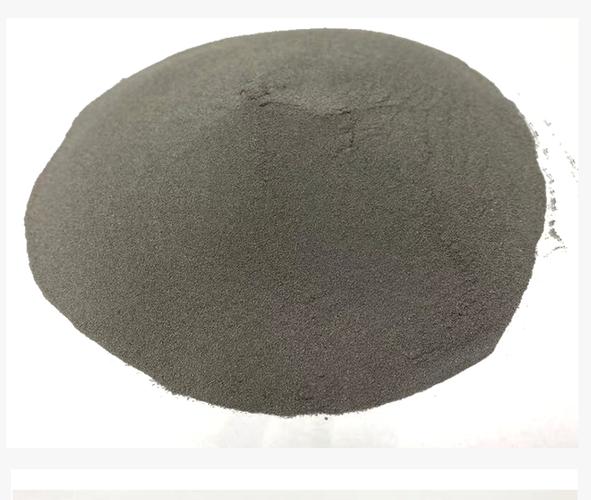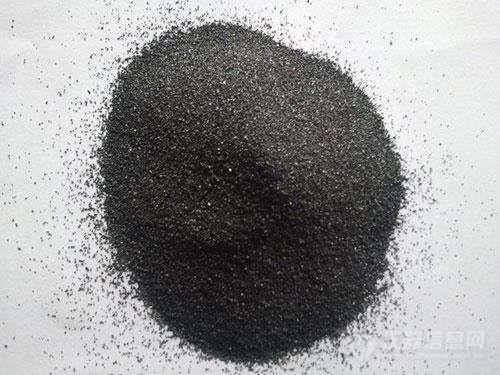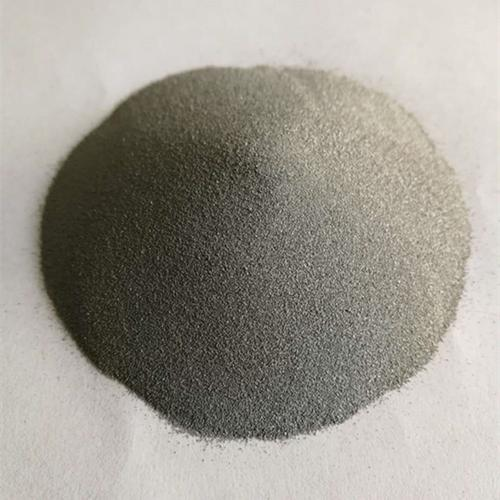**Title: Spray Paint Over Powder Coating? The Real Deal on Metal Makeovers**
(Can You Spray Paint Powder Coated Metal)
**Main Keywords:** Spray Paint, Powder Coated Metal
**1. What is Spray Paint and Powder Coated Metal Anyway?**
Think of spray paint as paint in a can, ready to shoot out a fine mist. It’s liquid paint propelled by gas. You hold the can, press the nozzle, and paint flows onto your surface. It’s simple, widely available, and great for small jobs or quick fixes. People use it on everything from garden furniture to car parts.
Powder coated metal is different. It starts as a super-fine, dry powder. This powder gets sprayed onto the metal using a special gun that gives it an electrical charge. The metal piece is grounded. The charged powder sticks to the metal like magic. Next, the coated metal goes into a hot oven. The heat melts the powder. It flows smoothly and forms a tough, protective skin over the metal. This finish is incredibly durable, resists scratches and chips well, and comes in many colors and textures. You see it on bike frames, patio sets, car wheels, and appliances.
**2. Why Would You Even Want to Spray Paint Over Powder Coating?**
Powder coating is tough. So why cover it up? Several reasons pop up. Maybe you bought a powder-coated item, like a shelf or a railing, but the color is wrong for your space now. Changing it completely is cheaper than buying new. Perhaps the powder coating got damaged over time. Sunlight, weather, or accidental bumps can cause fading, scratches, or chips. Repairing small spots perfectly is tricky. Spray painting the whole thing offers a fresh look.
Sometimes you need a specific color or effect spray paint offers easily. Metallic finishes, unique textures, or custom colors might be simpler to find in a spray can than matching the original powder coat. Budget matters too. Setting up for professional powder coating needs equipment and space. A few cans of spray paint are a much smaller investment for a DIY project. It’s about convenience and getting the look you want without huge cost or hassle.
**3. How Do You Actually Spray Paint Powder Coated Metal Successfully?**
Painting over powder coating isn’t just grabbing a can and spraying. Doing it right is crucial. Start with a super clean surface. Any grease, dirt, or wax stops paint from sticking. Use a degreaser or soapy water. Rinse well. Let it dry completely. Next comes sanding. This step is vital. Powder coating is smooth. Paint needs something rough to grip. Use medium-grit sandpaper (around 120-220 grit). Scuff the entire surface thoroughly. You don’t need to remove the powder coat, just rough it up. Wipe away all the sanding dust with a tack cloth.
Now, priming. Use a primer made for bonding to smooth surfaces or specifically for metal. Spray primer helps the new paint stick securely to the sanded powder coat. Apply thin, even coats of primer. Let it dry as the can instructs. Finally, spray paint. Choose a high-quality spray paint designed for metal. Shake the can very well. Spray in steady, smooth passes. Keep the can moving. Start spraying before the piece and stop after it. This prevents drips. Apply several light coats. Heavy coats run and sag. Wait the recommended time between coats. Patience gives a smoother, more durable finish. Let the final coat cure fully, often 24-48 hours or more, before using the item.
**4. Where Does Painting Over Powder Coating Make Sense?**
This technique shines in specific situations. Home DIY projects are perfect. Think patio furniture needing a color refresh, old metal filing cabinets looking tired, or garden tools needing identification. Giving kids’ bikes or scooters a new lease of life with bright colors is fun. Small metal fixtures around the house, like lamp bases, brackets, or decorative pieces, are easy targets.
It works well for items where minor wear is okay. Maybe a powder-coated shelf got scratched. Painting it hides the damage and protects the metal. Projects where professional powder coating costs too much make sense. A large metal gate or fence section might be cheaper to repaint yourself. Items not exposed to extreme weather or heavy abuse are good candidates. Indoor furniture, decorative items, or garage storage benefit. Think about visibility. Painting a rarely seen tool rack is fine. Painting a show car wheel demands perfection and might be better left to pros. Know the limits.
**5. Spray Painting Powder Coat FAQs: Your Questions Answered**
* **Will the paint stick well?** Yes, if you prepare properly. Cleaning and sanding are non-negotiable. Skipping them guarantees peeling paint. Good primer helps massively.
* **How long will it last?** It depends. Surface prep, paint quality, and the environment matter. Done well on an item not constantly battered, it can last years. It won’t be as tough as the original powder coat forever, but it holds up well.
* **Can I use any spray paint?** No. Use paint specifically for metal. Some paints bond better than others. Rust-Oleum or Krylon brands designed for metal are reliable choices. Avoid cheap, generic paints.
* **Do I really need primer?** Absolutely. Primer is the glue. It bonds to the sanded powder coat and gives the topcoat something to grip. Skipping primer risks the whole job failing.
* **What about the original powder coat texture?** Spray paint usually gives a smoother finish than textured powder coats. If you want texture back, look for specialty spray paints with “hammered,” “wrinkle,” or “textured” finishes.
* **Can I touch up powder coating with spray paint?** For tiny chips, maybe. Find a matching color. Clean the spot well. Lightly sand the area. Apply paint carefully. It won’t be invisible, but it can hide minor flaws. Big repairs need a full respray for a uniform look.
(Can You Spray Paint Powder Coated Metal)
* **Is it safe?** Work outdoors or in a very well-ventilated area. Wear a mask rated for paint fumes. Protect your eyes. Cover anything you don’t want paint on. Follow the safety instructions on the paint can.
Inquiry us
if you want to want to know more, please feel free to contact us. (nanotrun@yahoo.com)


